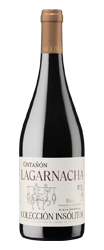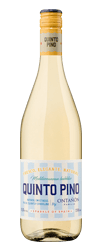Insólitos Collection
Adventurers
Antología
A blending of parcels
Antología is the result of careful work and rigorous selection of around ten exceptional parcels in the Sierra de Yerga where we grow tempranillo, garnacha and graciano.
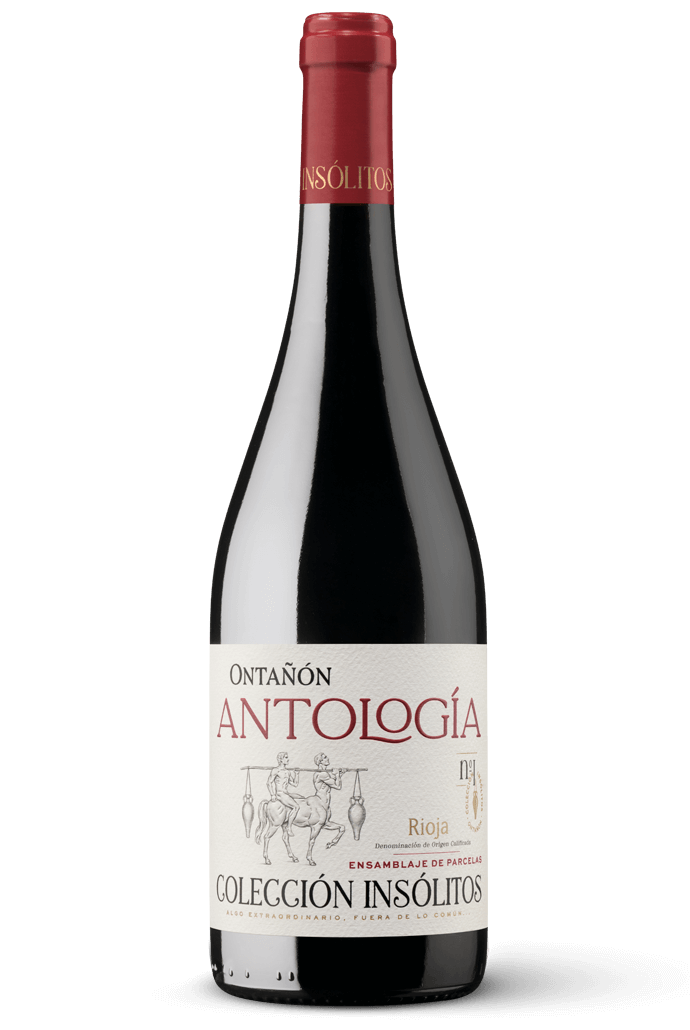
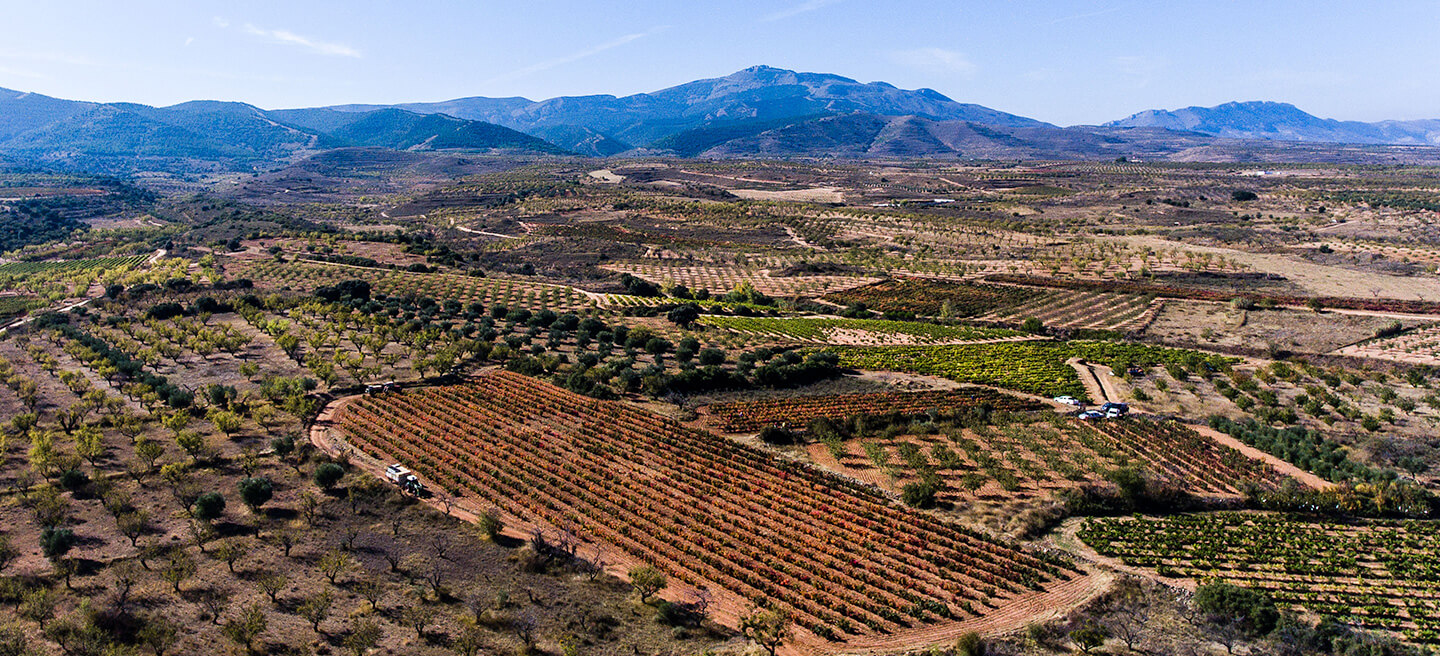
Tempranillo, garnacha, graciano
Three varieties
Tempranillo, garnacha and graciano, and an anthological collection of altitudes, soil types and orientations from small terraces, almost remote vines and vineyards on the slopes of Quel that climb towards the Pico Gatún in the Sierra de Yerga.
Ensamblage
from the Old French verb ‘ensembler’. This term appears for the first time in Castilian in the 15th century and means unite, link together, merge, combine or blend.
Anthology
from Classical Greek and means the blending of ‘anthos’, meaning flower, and ‘legein’, which means choose. For this reason, Ontañón Antología is a chosen wine.

The three varieties of Ontañón Antología
The Rioja Oriental sub zone is the most varied with regard to the varieties planted in the whole of the Rioja Designation of Origin, both for red wine and white wine varieties.
Tempranillo is the dominant grape, with 78.23%, but it also has 13.73% garnacha, 4.10% graciano and 3.18% mazuelo, (the crops traditionally proposed for making the classic Rioja blends), as well as other minority varieties such as Maturana tinta. Rioja Oriental is the great varietal reservoir of Rioja.
- 75% tempranillo
- 15% graciano
- 10% garnacha
Tempranillo, basis of Rioja
The tempranillo grape is the Riojan variety par excellence, the basis of its great red wines and one of the most highly regarded grapes in the world. It represents 75% of the crop cover in Rioja and as the oenologist José Hidalgo Togores explains, according to recent studies of its DNA conducted by the Instituto de Ciencias de la Vid y del Vino (ICVV) and the Instituto Madrileño de Investigación de Desarrollo Rural, Agrario y Alimentario (IMIDRA), it has been established that its origin was a cross between the albillo mayor white grape variety (turruntés), originally from Castilla-León and described by Alonso de Herrera in the year 1513, and the red benedicto grape from Aragón, described by Nicolás García de los Salmones in 1914 and which these days is on the verge of extinction.
José Peñín, in his work Cepas del Mundo (Vines of the World), rates the tempranillo grape as a variety which grows well in calcareous clay soils, offers wines with a pleasant reminder of blackberries, with a fresh, dry mouth sensation, as compared to most Spanish grapes which produce wines with a slight sweetness and quality.
It possesses the virtue of cold or Atlantic-climate vines which age well in the wood; good tannin structure with persistent colour and acidity during ageing.
Ontañón high altitude tempranillo
Ontañón high altitude tempranillo
The tempranillo variety is a precocious grape which is most at ease in continental climate zones with annual rainfall of around 400 litres, with a climate with a large temperature break, that is, August night-time temperatures of no more than 16 degrees and by day no more than 33 degrees, but always with guaranteed sunshine exposure.
Which means very similar to the climate conditions in the high altitude zones as is the case of Quel, in Rioja Oriental, where virtually all the vineyards of the Ontañón Familia are situated. In our zone, summers are short, hot, dry and mainly cloudless and the winters are cold and partially cloudy. Over the course of the year, the temperature generally varies between 2 °C and 30 °C and rarely drops below -3 °C or rises to over 35 °C. Most of the rainfall falls during the 31 days either side of 4 November, with a total average annual accumulation of 420 litres. The average age of the Ontañón Familia tempranillo vines is 30 years, since they were planted at the start of the nineties in a highland zone in poor soils with a sandy-loam texture (16.9% silt, 73.1% sand, 10% clay), and with an enormous diversity of orientations, terraces and forms of training.
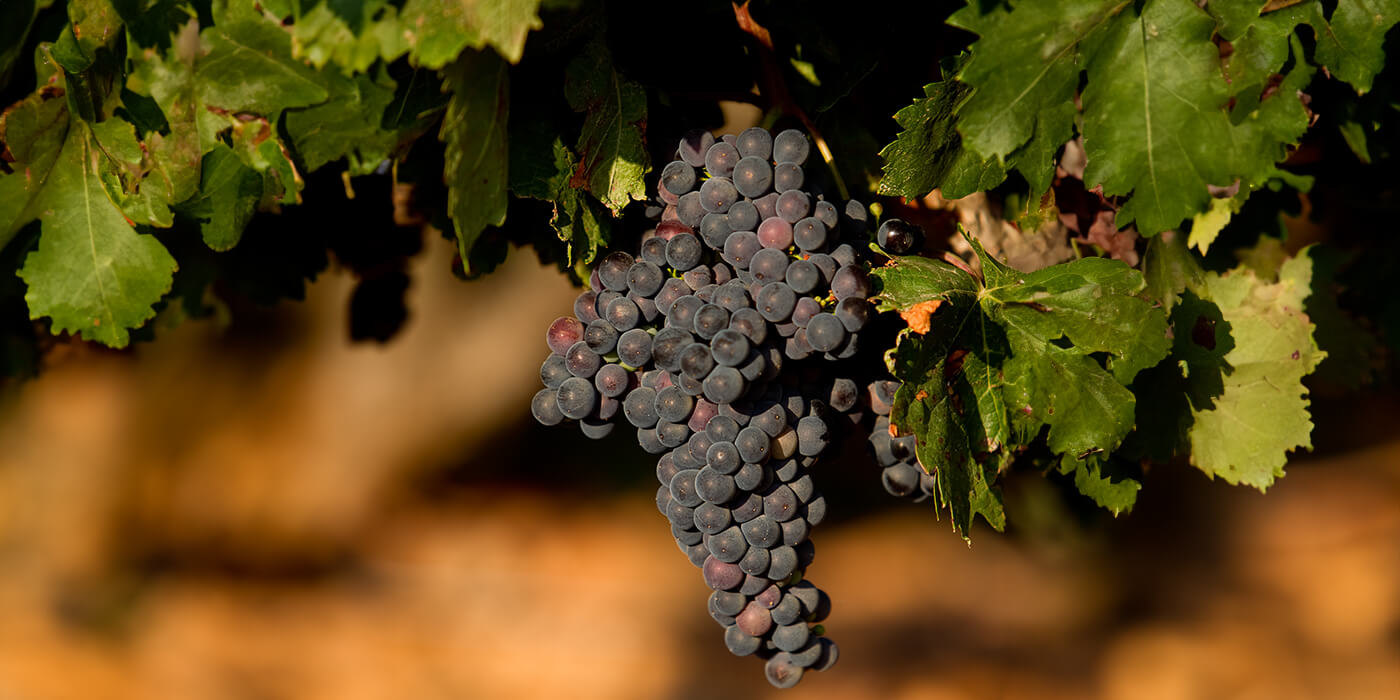
Tempranillo bunch
The garnachas of Quel
The Agriculture Department of the Diputación de Navarra, set up in 1896 and under the direction of Nicolás García de los Salmones, performed an extraordinary task in the foundations of the replanting of the vineyards which had been affected by phylloxera at the end of the 19th century. In 1912 the first National Viticulture Congress was held and in one of the most decisive talks of the event, García de los Salmones presented a list of 42 varieties cultivated in the province of Logroño and 26 in Álava. As the researchers Fernando Martínez de Toda and Juan Carlos Sancha underlined in their study, this list “is the most extensive of all those which appear in the bibliography on the beginnings of the grape variety heritage of Rioja”. And the extraordinary thing is that Nicolás García de los Salmones mentions the cultivation of the varieties by village and highlights Quel as the main nucleus of garnacha in Rioja. (He also highlights Quel for the presence of mazuela, anavés and chasselas). This publication is fundamental as it is the first time in history that a quantification of the varietal heritage has been conducted with the varieties linked to villages and this gives even more value to the historic origins of the Quel garnachas, the pioneers of Rioja. In Ontañón Familia, for more than a decade we have been working methodically to recover this variety by using the ancestral clones of the zone, its poor soils and the altitude of the vineyards which are located on the very edge of the area of cultivation for this variety.
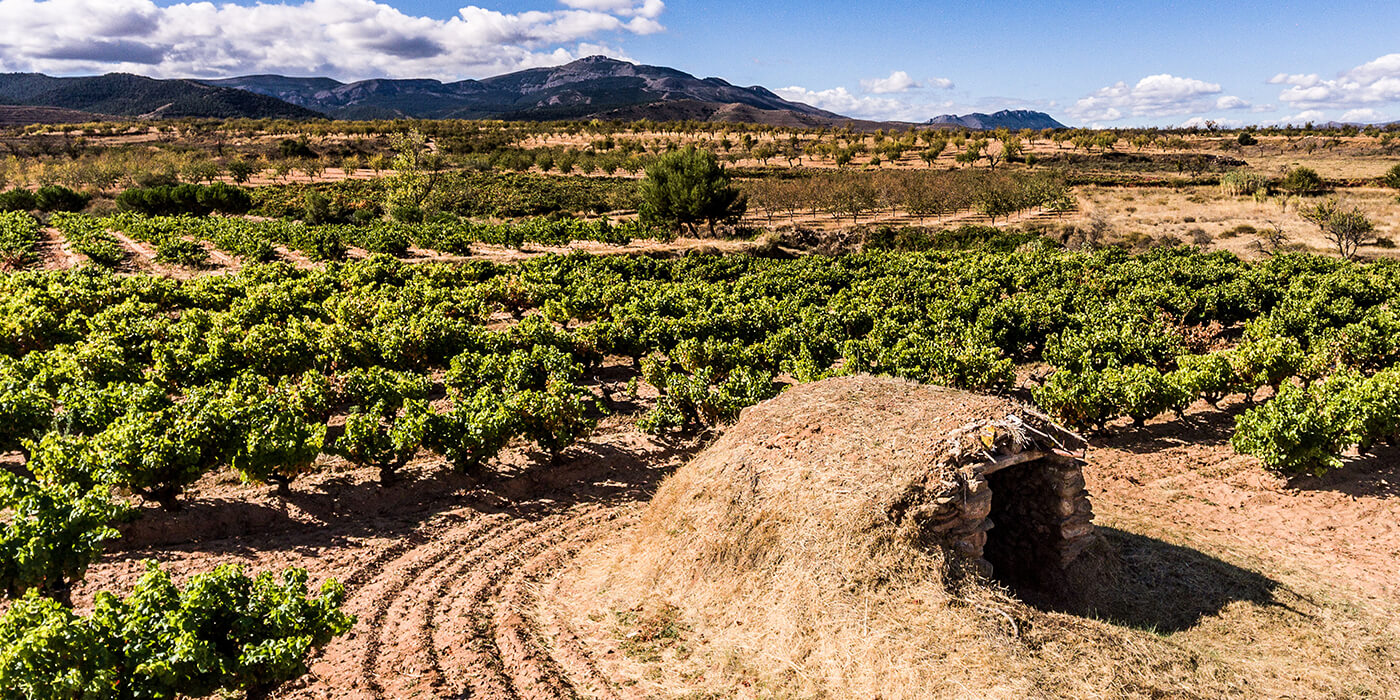
La Bartola, Quel Grenache vineyard.
Graciano
Graciano is a minority grape variety with its origins in Rioja and not found very much in other regions. Historically, it has formed part of the blends of the Rioja gran reservas together with tempranillo, garnacha and mazuelo. It is a very low-yielding variety, with late shooting and very long ripening. It produces wines with very intense colour and not too much alcohol. It has an exuberant aromas and its musts are wine-red coloured, pleasing and high in acidity, with very fragrant aromas which evolve towards the smell of chopped wood. Graciano needs long ageing to achieve a good balance between tannins, sugar and levels of acidity. For this reason, deciding when to harvest is crucial in order to obtain the maximum expression of our gracianos. In Ontañón Familia we choose the graciano grape to make our most characteristic wines because of the expressive nature of the variety, its velvety tannins, the intensity of the colour of its grapes and for how it expresses the terroir in which it was grown.
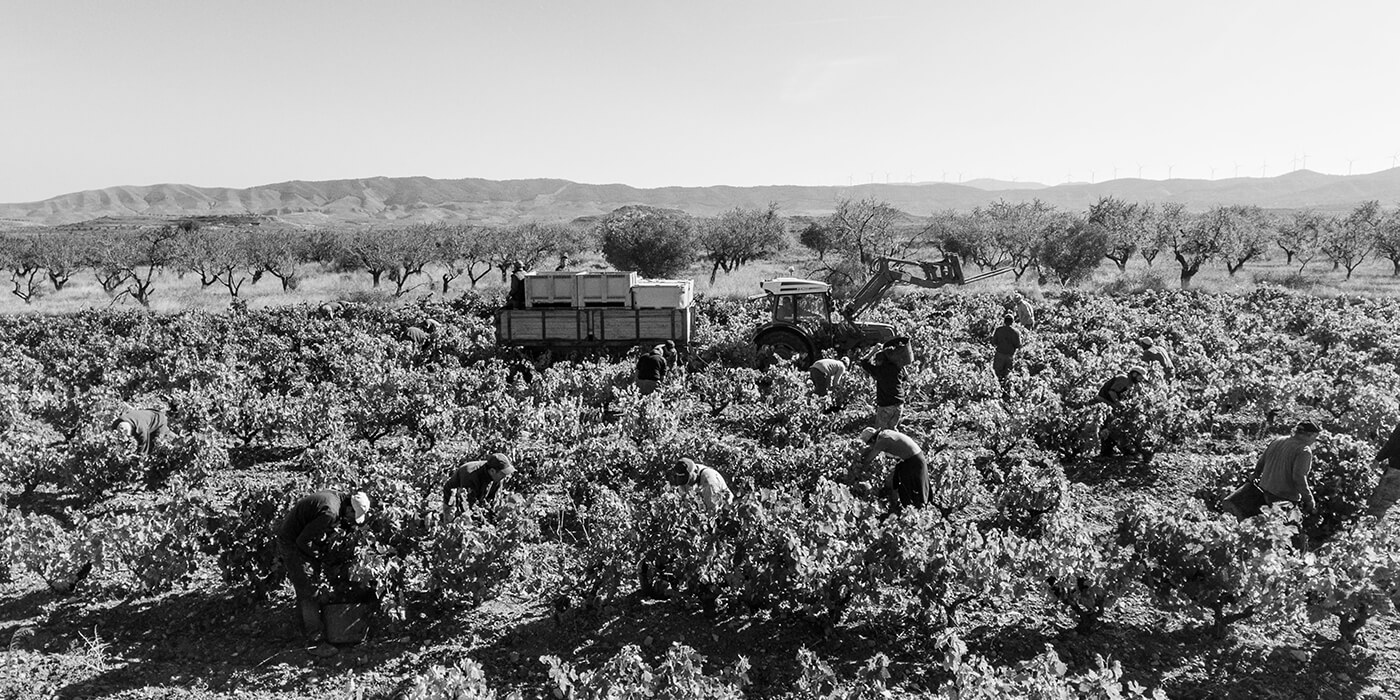
Manual harvest of the Graciano de Ontañón Familia.
Viticulture
Ontañón Antología is an astonishing puzzle of vineyards and varieties. As its name suggests, it is made from a selection of tempranillo, graciano and garnacha grapes from a collection of plots in our family vineyards in Rioja Oriental. A microcosm of heights, soils, orientations and microclimates which bestow a very marked personality on this wine.
- La Pasada | Tempranillo (790m.)
- El Pozo | Graciano (660m.)
- El Poeta | Garnacha (640m.)
- La Perdida | Garnacha (620m.)
- Hoyo Judía, La Encina, El Andañal
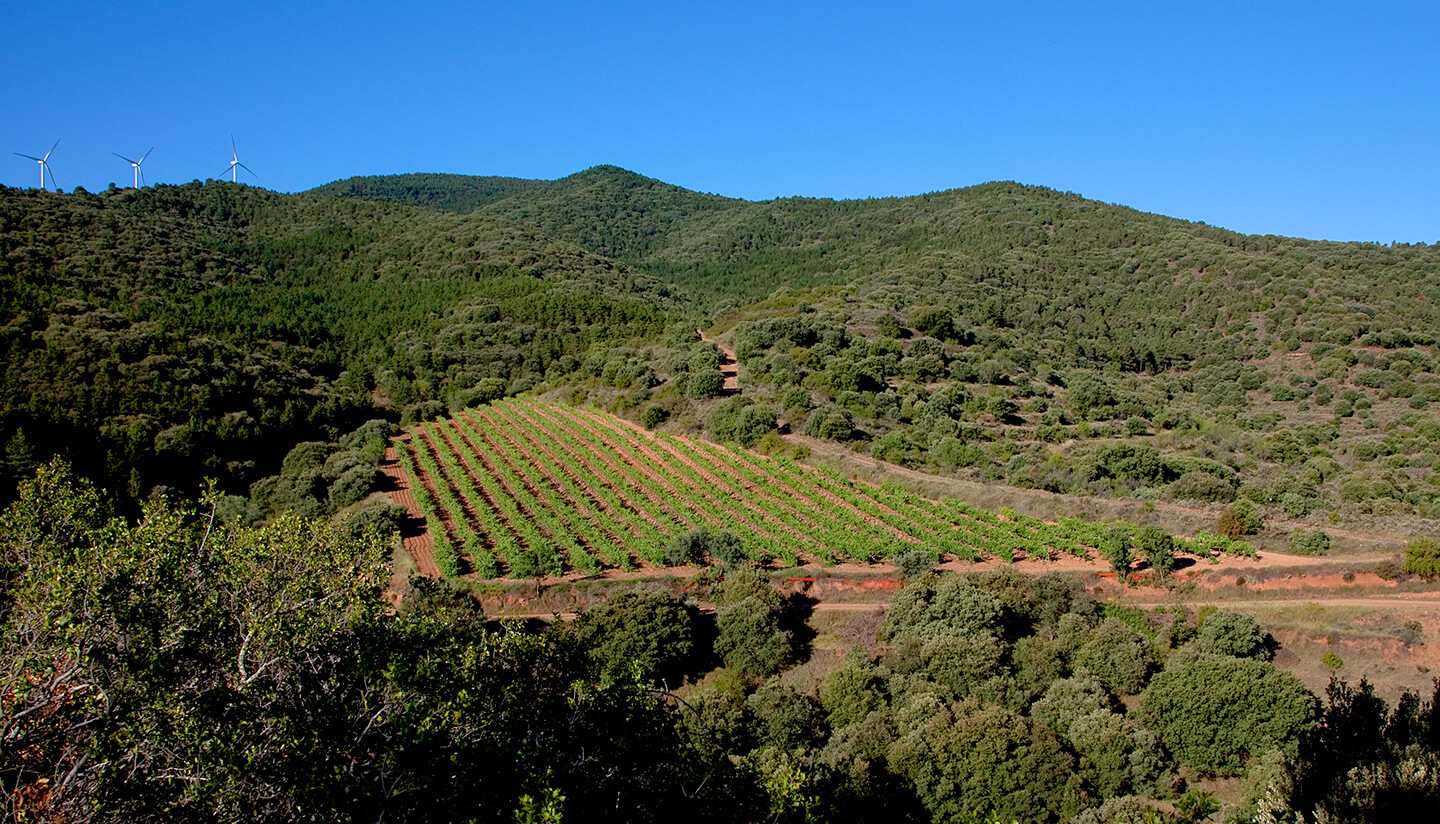
Vinification in five steps
I. Sept
The grapes, selected from each vine, are harvested by hand and transported in small boxes to the winery.
II. Sept
There they are kept in a cold room at a constant temperature of 5ºC before being passed through the manual selection table.
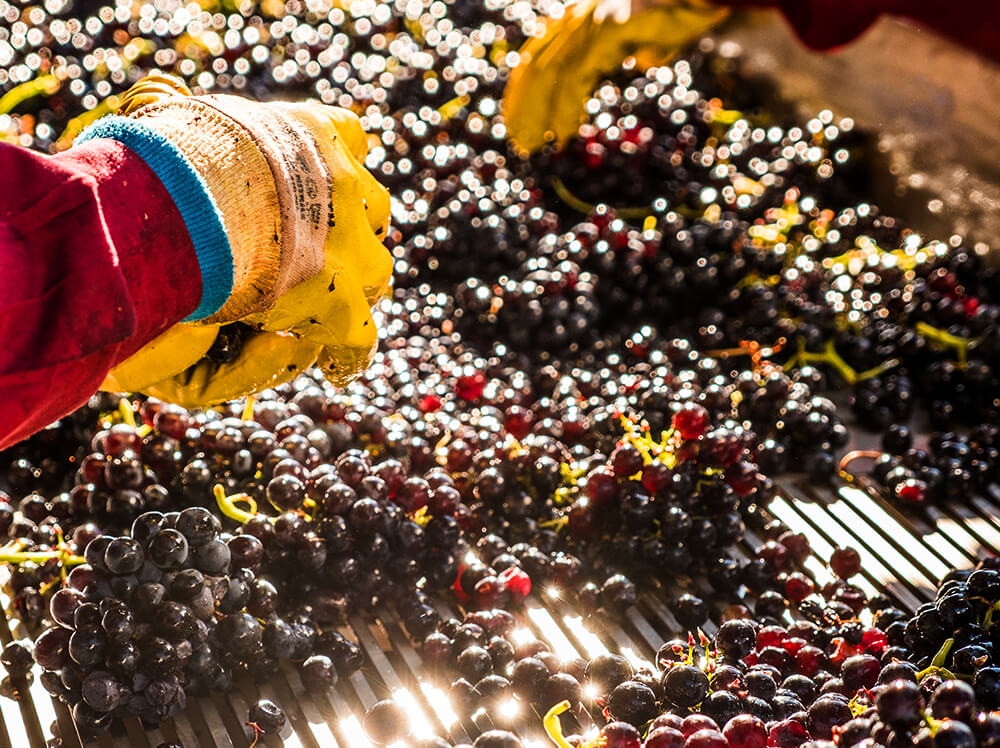
Manual selection table.
The grapes are placed in vats, where they macerate and are poured daily and undergo alcoholic fermentation for twelve days (the cap is broken and sunk to mix it again with the must in order to achieve optimum maceration and the transmission of the colouring and aromatic substances contained in the grape skins). This work is also known as ‘macerating the wine’.
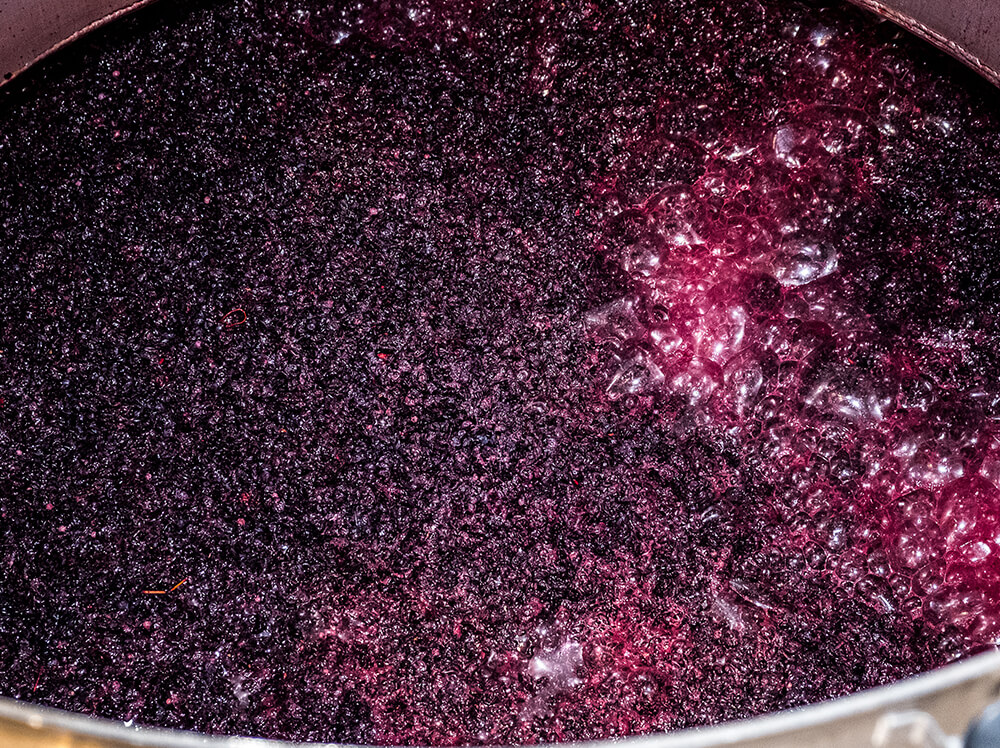
Introduction of grapes into vats.
IV. Sept
The wine is then devatted into oak vats for malolactic fermentation.
V. Sept
The process culminates with an ageing of twelve months in new French oak barrels before bottling.
Tasting
Great robe, clear and bright, with black-cherry nuances and purple glints.
Initially it displays a lot of fruit notes, such as raspberries, strawberries and cherries, as well as an interesting hint of liquorice. Slight notes from the wood appear, but always light and subtle. Its complexity can be appreciated with mineral sensations and also reminders of spices
A very well-balanced wine, with the fine tannin and a full, silky mouth-feel. The fruit makes it pleasant on the palate, bringing length and pleasure.
14% Alcohol by Vol.
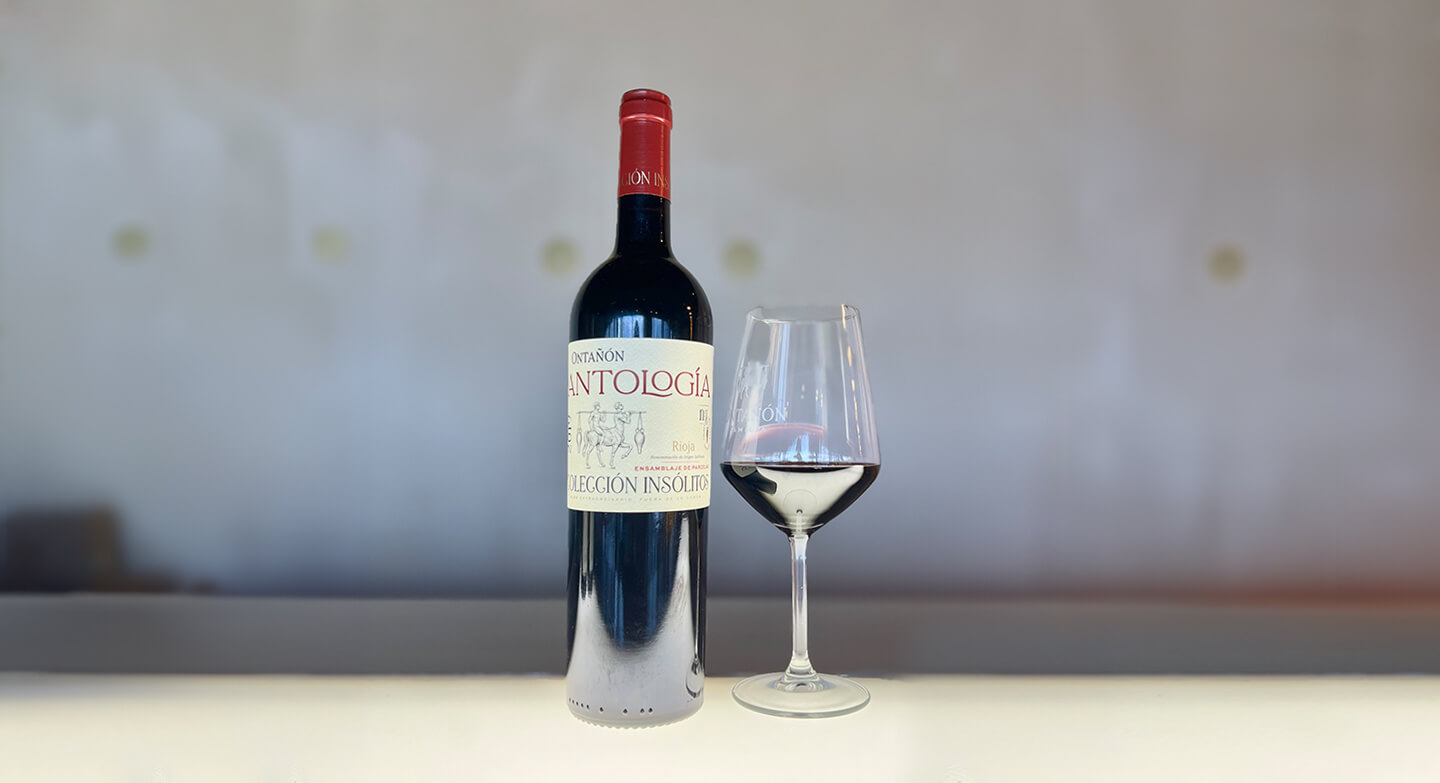
Download
Tasting Note 2020
· PDF ·
Image Bottle
· JPG ·


